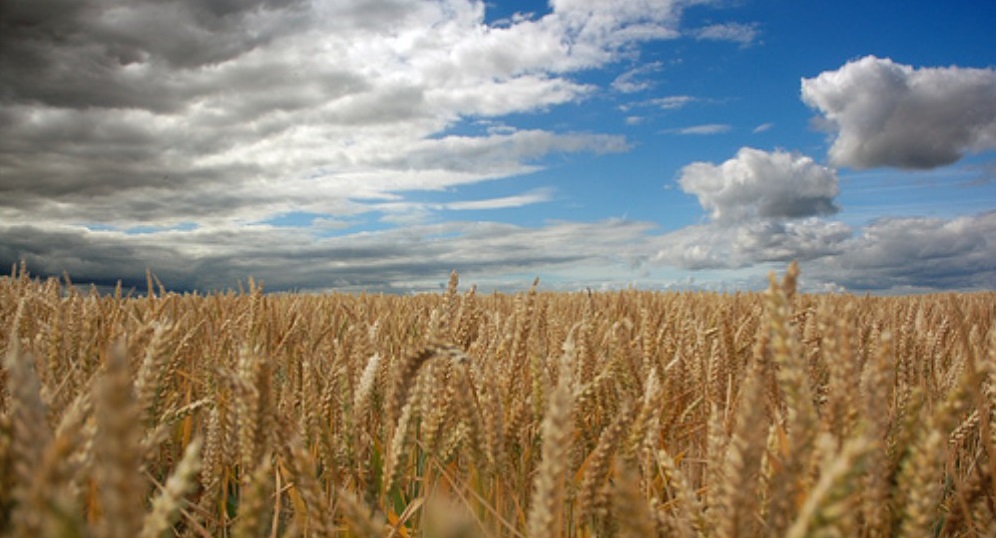
Ramularia resistance ratings for winter barley varieties have been published for the first time by AHDB Cereals & Oilseeds.
The new ratings have been included in a revised Ramularia leaf spot in barley Information Sheet which was published by AHDB earlier this month.
The ramularia ratings are in addition to those already produced for spring barley as part of the AHDB Recommended Lists (RL).
The extension of the disease ratings system to cover ramularia on winter barley reflects the increasing importance of the disease and will help growers make more informed variety choices.
Jenna Watts, AHDB Research Manager, said: “Ramularia is relatively common in northern Britain but it is also becoming much more common in southern Britain, on both winter and spring barley.
“This means that we can now assess ramularia on our untreated plots at RL trial sites across the UK.
“We have now gathered several years’ worth of data allowing us to produce robust ramularia resistance ratings for winter barley for the first time.”
Integrated control
Dr Watts continued: “Growers producing winter barley in higher-risk situations should consider drilling varieties with a higher ramularia rating.
“This will provide useful insurance for the crop as part of an integrated approach to tackling the disease. At present, the highest rating is 6.”
Ramularia disease ratings tend to be higher for spring barley varieties, particularly feed varieties with ratings as high as 8.
Ramularia Resistance Ratings 2016 17
Above: The new resistance ratings for winter barley
Chemical control
As there are no fully resistant varieties, for both spring and winter barley crops, control frequently requires the use of fungicides.
A number of active ingredients are available which provide good protectant activity.
The most effective control is achieved from a preventative fungicide application, before symptoms appear, at booting (GS45–49).
The vast majority of symptoms appear in the crop post flowering. However, at this point in crop development treatments are ineffective.
Although ramularia is seed-borne, seed treatments do not control the disease effectively.
Growers are being urged to check crops for symptoms late in the season and to avoid saving seed for resowing from infected crops.
Disease forecasting
AHDB Cereals & Oilseeds is also investing in research to provide growers with a local risk forecast for ramularia.
Led by SRUC and Weather INovations, the research looks to refine existing models and extend the current Scottish forecast to the rest of the UK.
Improved forecasting resources will allow more growers to target fungicide applications in response to disease risks.
